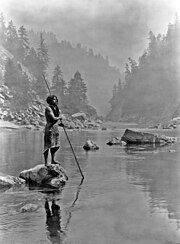Ethnology is an academic field and discipline that compares and analyzes the characteristics of different peoples and the relationships between them.

The Dogon are an ethnic group indigenous to the central plateau region of Mali, in West Africa, south of the Niger bend, near the city of Bandiagara, and in Burkina Faso. The population numbers between 400,000 and 800,000. They speak the Dogon languages, which are considered to constitute an independent branch of the Niger–Congo language family, meaning that they are not closely related to any other languages.

Jean Rouch was a French filmmaker and anthropologist.

Visual anthropology is a subfield of social anthropology that is concerned, in part, with the study and production of ethnographic photography, film and, since the mid-1990s, new media. More recently it has been used by historians of science and visual culture. Although sometimes wrongly conflated with ethnographic film, visual anthropology encompasses much more, including the anthropological study of all visual representations such as dance and other kinds of performance, museums and archiving, all visual arts, and the production and reception of mass media. Histories and analyses of representations from many cultures are part of visual anthropology: research topics include sandpaintings, tattoos, sculptures and reliefs, cave paintings, scrimshaw, jewelry, hieroglyphics, paintings and photographs. Also within the province of the subfield are studies of human vision, properties of media, the relationship of visual form and function, and applied, collaborative uses of visual representations.
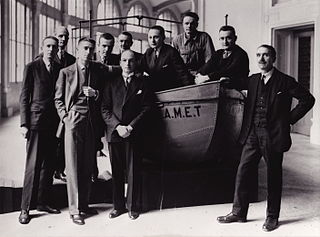
Marcel Griaule was a French author and anthropologist known for his studies of the Dogon people of West Africa, and for pioneering ethnographic field studies in France. He worked together with Germaine Dieterlen and Jean Rouch on African subjects. His publications number over 170 books and articles for scholarly journals.

The Bureau of American Ethnology was established in 1879 by an act of Congress for the purpose of transferring archives, records and materials relating to the Indians of North America from the Interior Department to the Smithsonian Institution. But from the start, the bureau's visionary founding director, John Wesley Powell, promoted a broader mission: "to organize anthropologic research in America." Under Powell, the bureau organized research-intensive multi-year projects; sponsored ethnographic, archaeological and linguistic field research; initiated publications series ; and promoted the fledgling discipline of anthropology. It prepared exhibits for expositions and collected anthropological artifacts for the Smithsonian United States National Museum. In addition, the BAE was the official repository of documents concerning American Indians collected by the various US geological surveys, especially the Geographical and Geological Survey of the Rocky Mountain Region and the Geological Survey of the Territories. It developed a manuscript repository, library and illustrations section that included photographic work and the collection of photographs.

Julien Michel Leiris was a French surrealist writer and ethnographer. Part of the Surrealist group in Paris, Leiris became a key member of the College of Sociology with Georges Bataille and head of research in ethnography at the CNRS.

Germaine Dieterlen was a French anthropologist. She was a student of Marcel Mauss, worked with noted French anthropologists Marcel Griaule (1898-1956) and Jean Rouch, wrote on a large range of ethnographic topics and made pioneering contributions to the study of myths, initiations, techniques, graphic systems, objects, classifications, ritual and social structure.
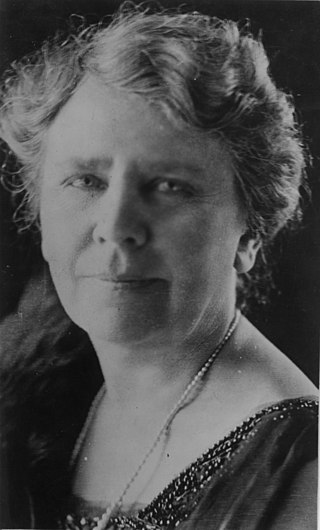
Frances Theresa Densmore was an American anthropologist and ethnographer born in Red Wing, Minnesota. Densmore studied Native American music and culture, and in modern terms, she may be described as an ethnomusicologist.
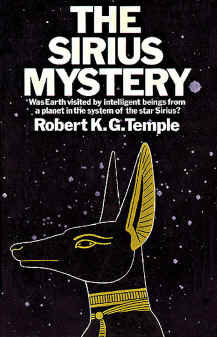
The Sirius Mystery is a book written by Robert K. G. Temple supporting the pseudoscientific ancient astronauts hypothesis that intelligent extraterrestrial beings visited the Earth and made contact with humans in antiquity and prehistoric times. The book was first published by St. Martin's Press in 1976. Its second, 1998, edition is called The Sirius Mystery: New Scientific Evidence of Alien Contact 5,000 Years Ago.

Les maîtres fous is a 1955 short film directed by Jean Rouch, a well-known French film director and ethnologist. It is a docufiction, his first ethnofiction, a genre he is considered to have created.
Ethnofiction refers to a subfield of ethnography which produces works that introduce art, in the form of storytelling, "thick descriptions and conversational narratives", and even first-person autobiographical accounts, into peer-reviewed academic works.

An ethnographic film is a non-fiction film, often similar to a documentary film, historically shot by Western filmmakers and dealing with non-Western people, and sometimes associated with anthropology. Definitions of the term are not definitive. Some academics claim it is more documentary, less anthropology, while others think it rests somewhere between the fields of anthropology and documentary films.

James Clifford is an interdisciplinary scholar whose work combines perspectives from history, literature, history of science, and anthropology.

Ethnocinema, from Jean Rouch’s cine-ethnography and ethno-fictions, is an emerging practice of intercultural filmmaking being defined and extended by Melbourne, Australia-based writer and arts educator, Anne Harris, and others. Originally derived from the discipline of anthropology, ethnocinema is one form of ethnographic filmmaking that prioritises mutuality, collaboration and social change. The practice's ethos claims that the role of anthropologists, and other cultural, media and educational researchers, must adapt to changing communities, transnational identities and new notions of representation for the 21st century.

The Yuquot Whalers' Shrine, previously located on Vancouver Island, British Columbia, was a site of purification rituals, passed down through the family of a Yuquot chief. It contained a collection of 88 carved human figures, four carved whale figures, and sixteen human skulls. Since the early twentieth century, it has been in the possession of the American Museum of Natural History in New York City, but is rarely displayed. Talks are underway regarding repatriation.
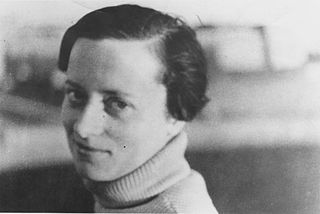
Denise Paulme (1909–1998) was a French Africanist and anthropologist. Her role in African literary studies, particularly in regards to the importance of Berber literature, was described as "pivotal".

Ogotemmeli was the Dogon elder and hogon who narrated the cosmogony, cosmology and symbols of the Dogon people to French anthropologist Marcel Griaule during the 1930s, 1940s, and 1950s, that went on to be documented and adapted by contemporary scholars. A lot of what is known about the Dogon religion, cosmogony and symbolism came from Griaule's work, which in turn came from Ogotemmeli—who taught it to him.
The Lebe or Lewe is a Dogon religious, secret institution and primordial ancestor, who arose from a serpent. According to Dogon cosmogony, Lebe is the reincarnation of the first Dogon ancestor who, resurrected in the form of a snake, guided the Dogons from the Mandé to the cliff of Bandiagara where they are found today.

Visual ethnography is an approach to ethnography that uses visual methods such as photography, film and video. There are many methods available to conduct visual ethnography. According to Sarah Pink, visual ethnography is a research methodology that brings “theory and practice of visual approaches to learning and knowing about the world and communicating these to others”. As a methodology, visual ethnography can guide the design of research as well as the methods to choose for data collection. Visual ethnography suggests a negotiation of the participants’ view of reality and a constant questioning on the part of the researcher.

